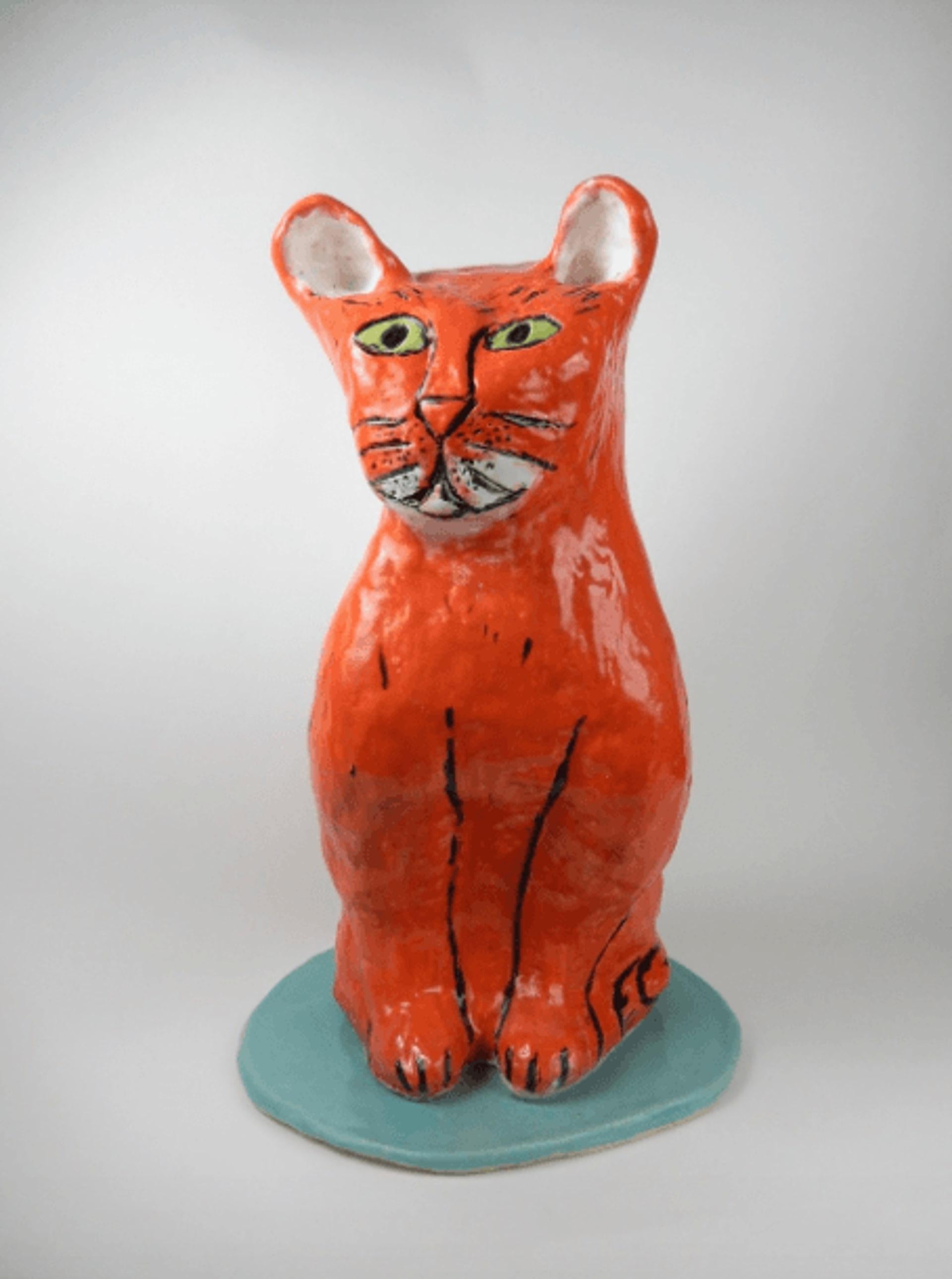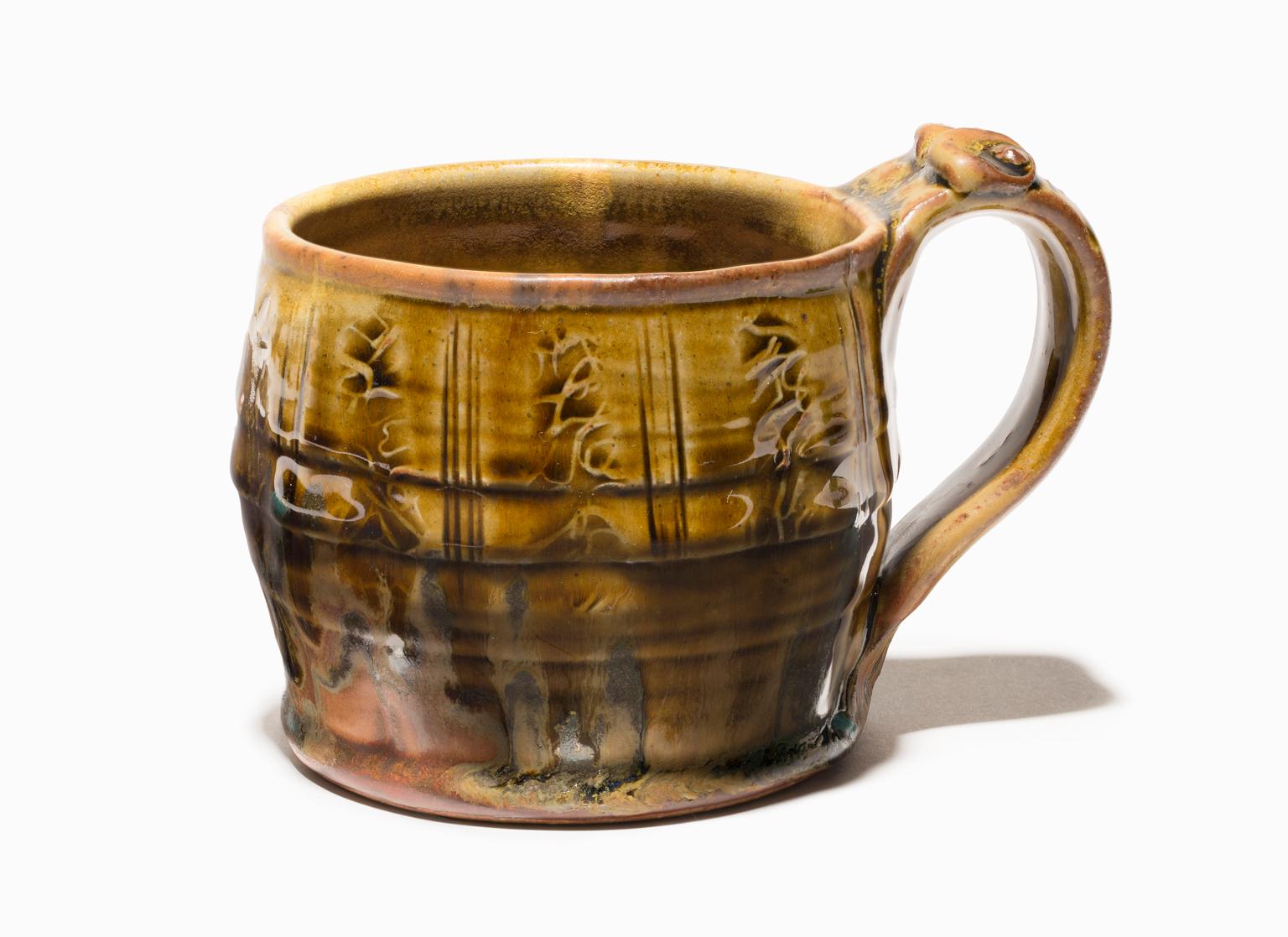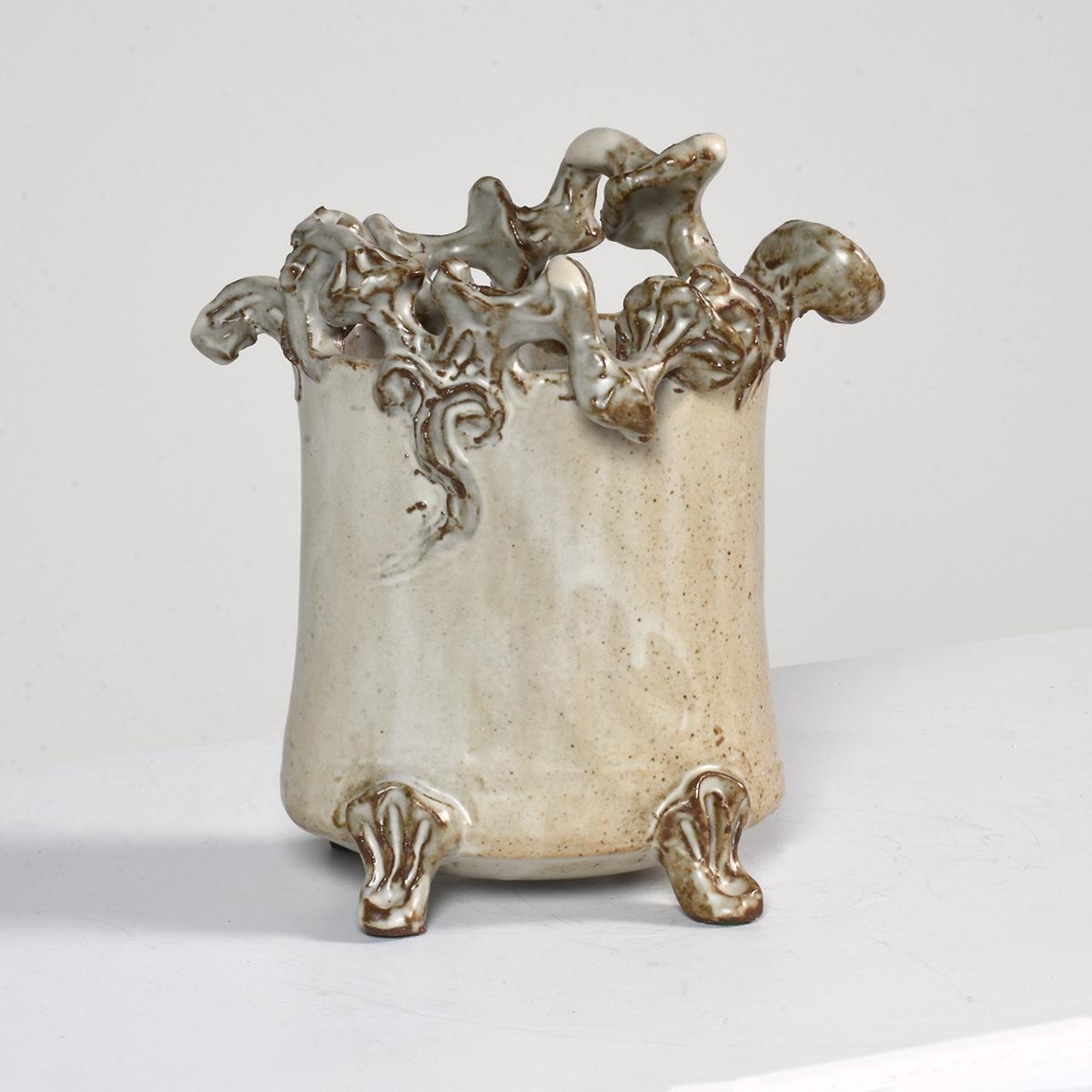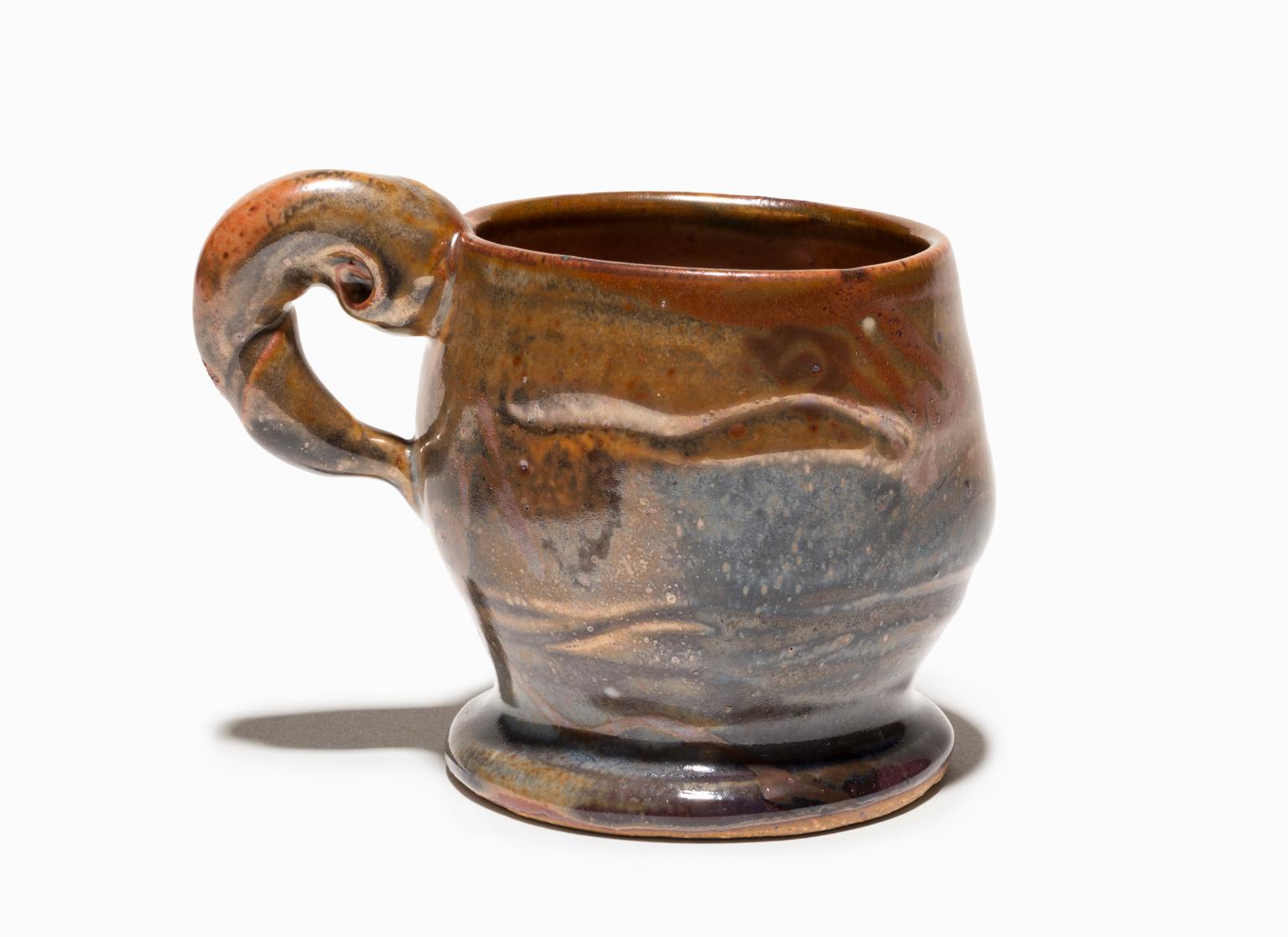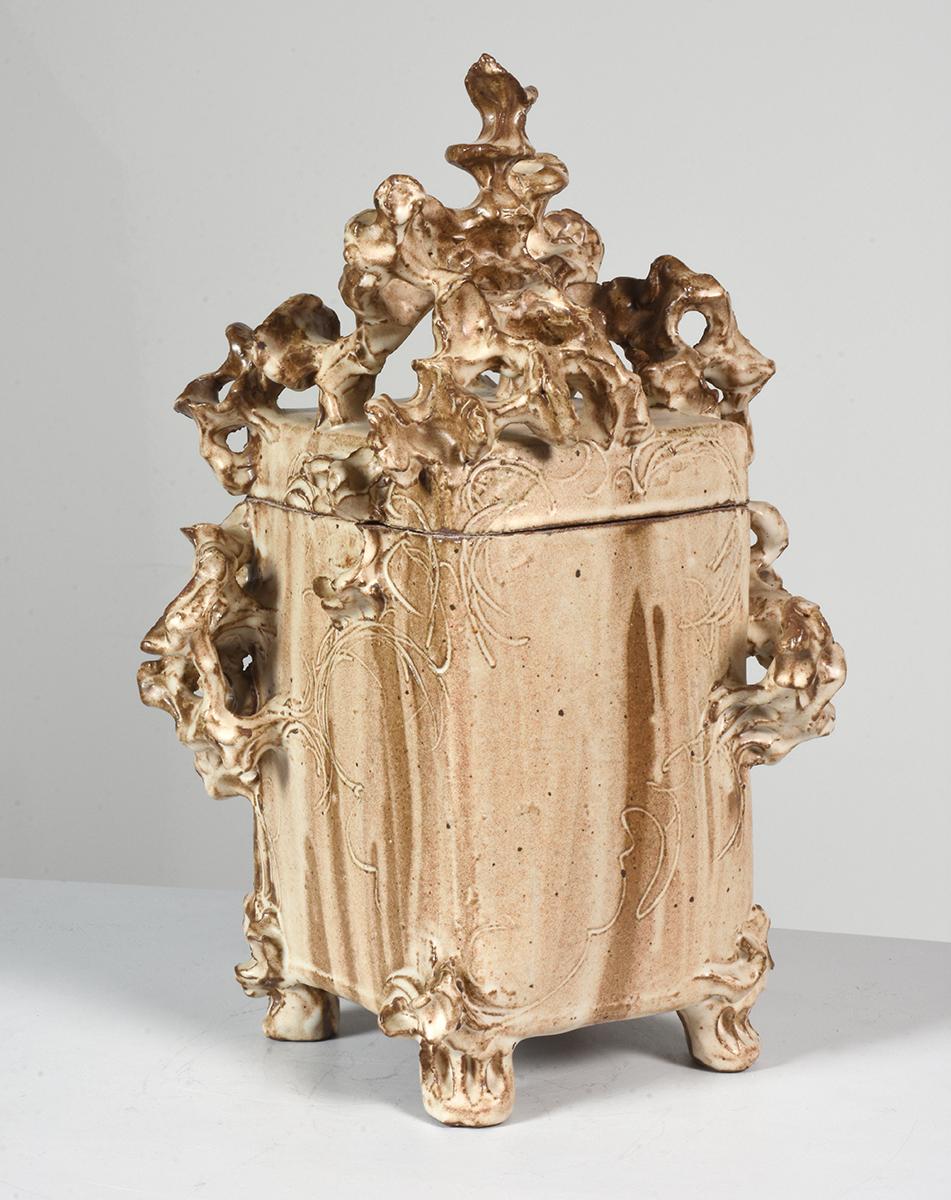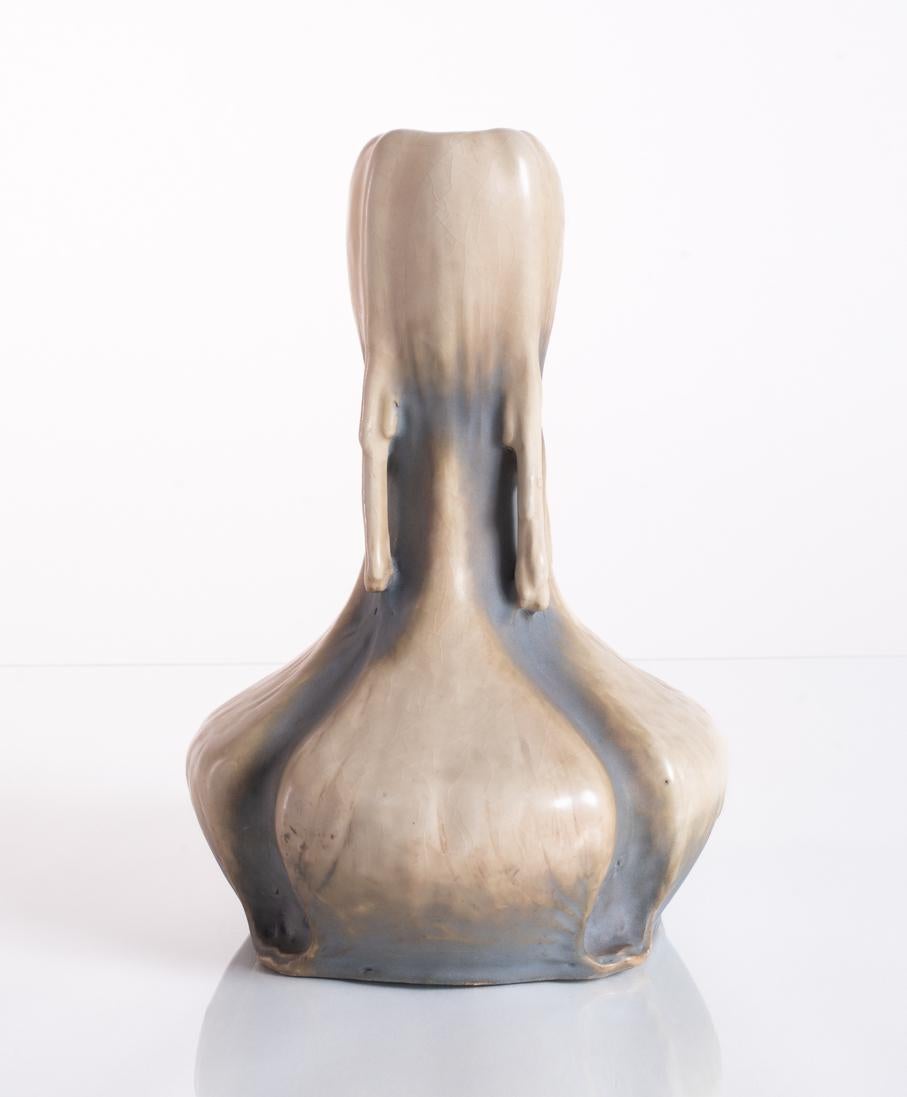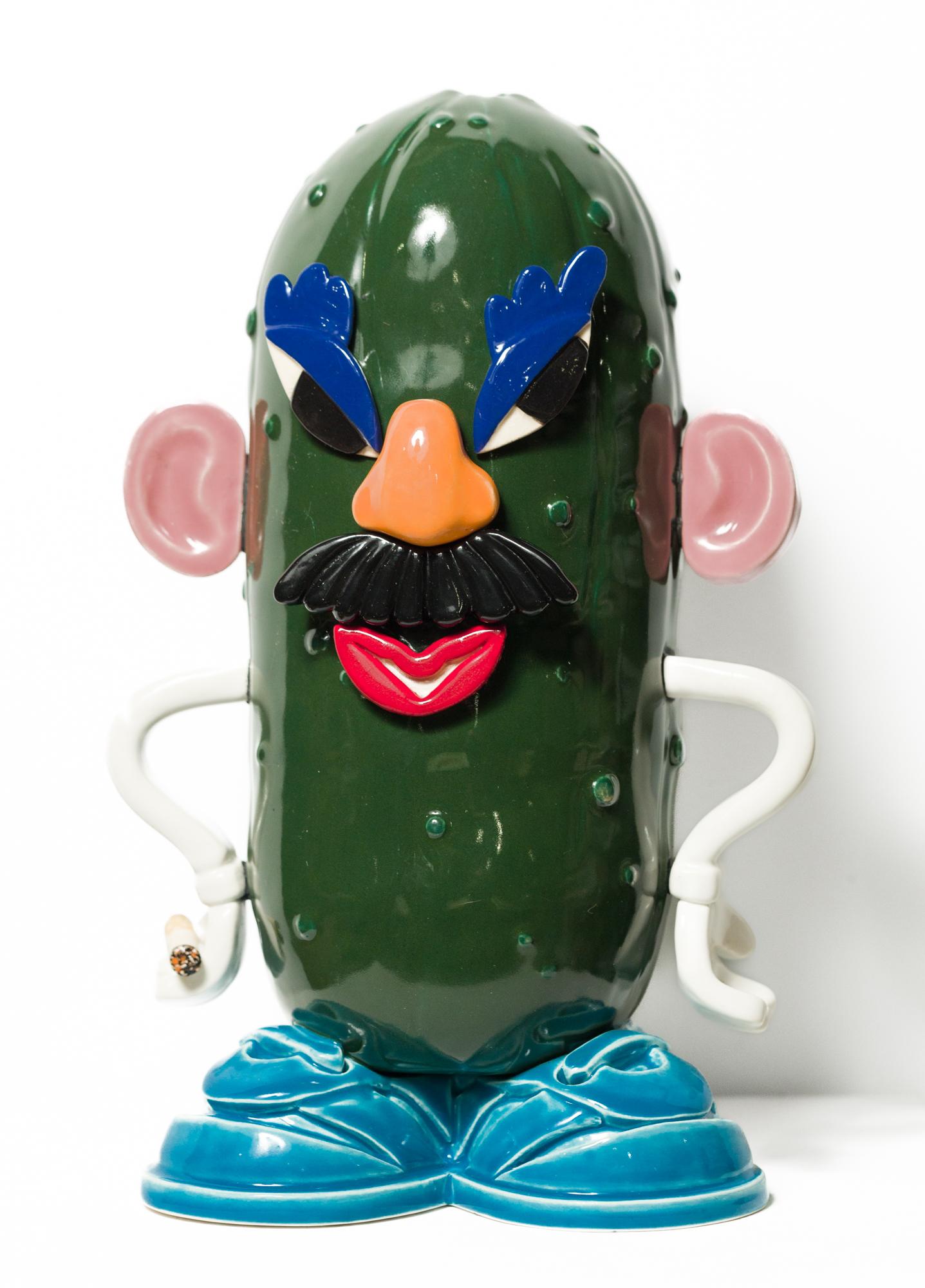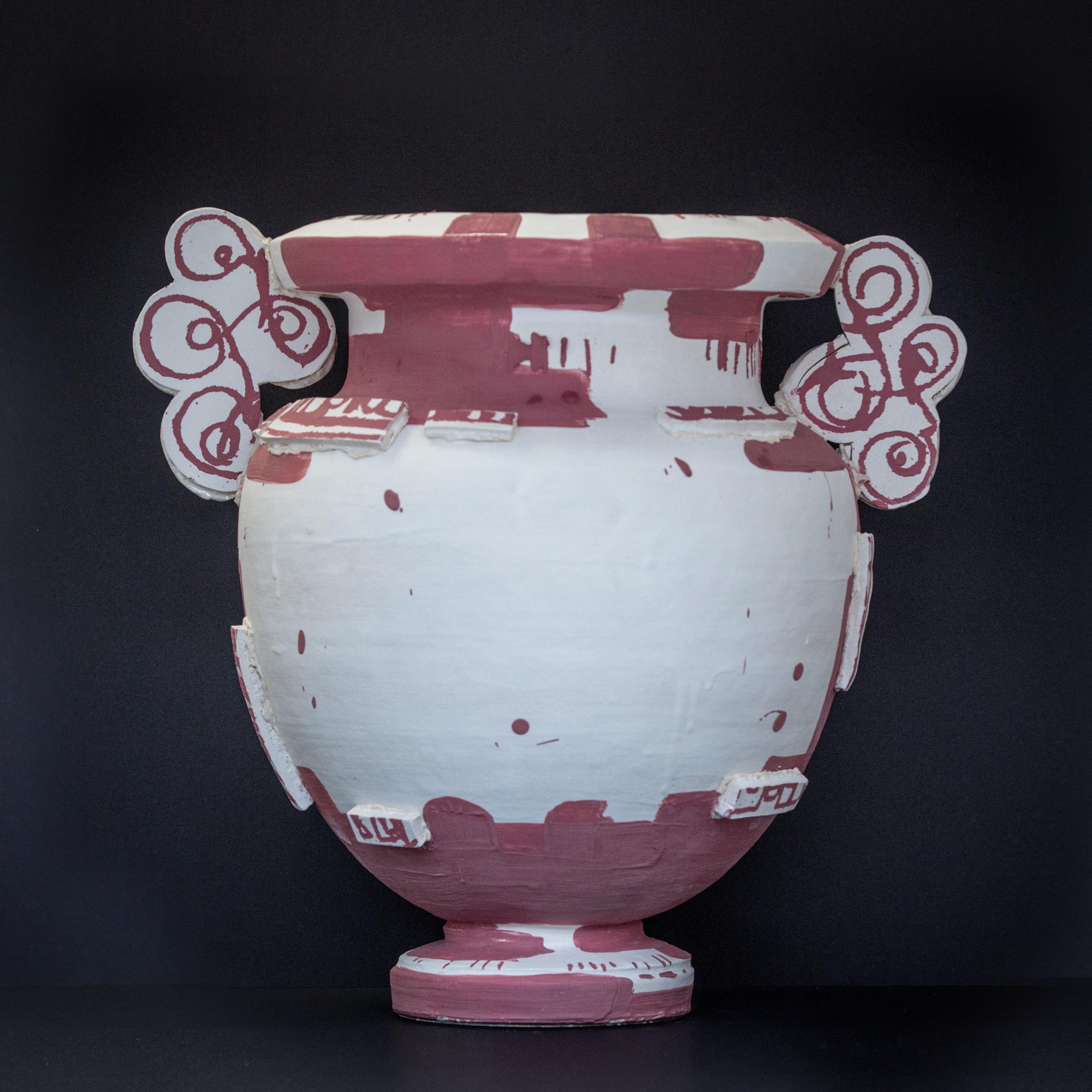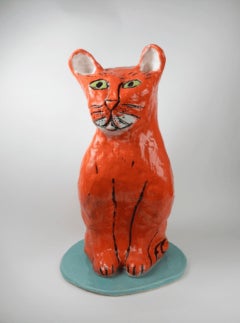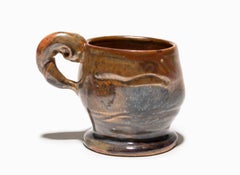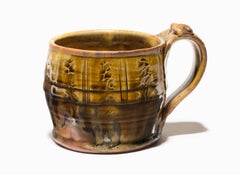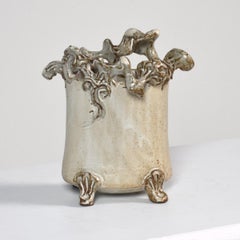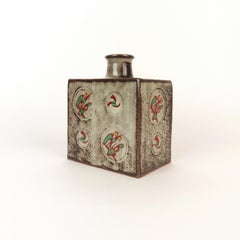
Jomon-Zogan Square Flask with Rope Imprint and Geometric Inlay Motif
View Similar Items
1 of 11
Tatsuzo ShimaokaJomon-Zogan Square Flask with Rope Imprint and Geometric Inlay Motif
About the Item
- Creator:Tatsuzo Shimaoka (1919-2007, Japanese)
- Dimensions:Height: 5 in (12.7 cm)Width: 4 in (10.16 cm)Depth: 2.625 in (6.67 cm)
- Medium:
- Period:
- Condition:
- Gallery Location:Concord, MA
- Reference Number:Seller: TSH0021stDibs: LU35411208022
Authenticity Guarantee
In the unlikely event there’s an issue with an item’s authenticity, contact us within 1 year for a full refund. DetailsMoney-Back Guarantee
If your item is not as described, is damaged in transit, or does not arrive, contact us within 7 days for a full refund. Details24-Hour Cancellation
You have a 24-hour grace period in which to reconsider your purchase, with no questions asked.Vetted Professional Sellers
Our world-class sellers must adhere to strict standards for service and quality, maintaining the integrity of our listings.Price-Match Guarantee
If you find that a seller listed the same item for a lower price elsewhere, we’ll match it.Trusted Global Delivery
Our best-in-class carrier network provides specialized shipping options worldwide, including custom delivery.You May Also Like
Orange Cat, 2019
By Linda Smith
Located in Santa Monica, CA
Not Available
Category
21st Century and Contemporary More Art
Materials
Ceramic, Stoneware
$2,024 Sale Price
20% Off
John Glick Plum Street Pottery Reduction Fired Shino Glaze Cup Published in Book
Located in Detroit, MI
“Untitled” ceramic, is an example of the kind of work by which John Glick became so famous. He was seduced by the effects of the reduction kiln, which decreased the levels of oxygen during firing, inducing the flame to pull oxygen out of the clay and glazes changing the colors of the glazes depending on their iron and copper content. In this way he achieved the rich gradients of ochre and umber and variations in stippling and opacity.
This piece is signed on the bottom and can be found on page 92, plate #125 in “John Glick: A Legacy in Clay.”
John was an American Abstract Expressionist ceramicist born in Detroit, MI. Though open to artistic experimentation, Glick was most influenced by the styles and aesthetics of Asian pottery—an inspiration that shows in his use of decorative patterns and glaze choices. He has said that he is attracted to simplicity, as well as complexity: my work continually reflects my re-examination that these two poles can coexist… or not, in a given series. Glick also took influences from master potters of Japan, notably Shoji Hamada and Kanjrio Kawai, blending their gestural embellishments of simple forms with attitudes of Abstract Expressionism. He was particularly drown to the work of Helen Frankenthaler whose soak-stain style resonated with Glick’s multi-layered glaze surfaces, which juxtaposed veils of atmospheric color with gestural marks and pattern. He spent countless hours developing and making his own tools in order to achieve previously unseen results in his work with clay and glaze.
Glick’s “Plum Tree Pottery...
Category
1990s American Modern More Art
Materials
Stoneware, Glaze
John Glick Plum Tree Pottery , Stoneware Mug, Deep Earth Tones, Glazed
Located in Detroit, MI
“Untitled” ceramic, is an example of the kind of work by which John Glick became so famous. He was seduced by the effects of the reduction kiln, which decreased the levels of oxygen during firing, inducing the flame to pull oxygen out of the clay and glazes changing the colors of the glazes depending on their iron and copper content. In this way he achieved the rich gradients of ochre and umber and variations in stippling and opacity.
This piece is signed on the bottom and can be found on page 129, plate #236 in “John Glick: A Legacy in Clay.”
John was an American Abstract Expressionist ceramicist born in Detroit, MI. Though open to artistic experimentation, Glick was most influenced by the styles and aesthetics of Asian pottery—an inspiration that shows in his use of decorative patterns and glaze choices. He has said that he is attracted to simplicity, as well as complexity: my work continually reflects my re-examination that these two poles can coexist… or not, in a given series. Glick also took influences from master potters of Japan, notably Shoji Hamada and Kanjrio Kawai, blending their gestural embellishments of simple forms with attitudes of Abstract Expressionism. He was particularly drown to the work of Helen Frankenthaler whose soak-stain style resonated with Glick’s multi-layered glaze surfaces, which juxtaposed veils of atmospheric color with gestural marks and pattern. He spent countless hours developing and making his own tools in order to achieve previously unseen results in his work with clay and glaze.
Glick’s “Plum Tree Pottery...
Category
Late 20th Century American Modern More Art
Materials
Stoneware, Glaze
"Stoneware Vessel" Cream Glaze with Organic Decorations, Signed
By Gawaine Dart
Located in Detroit, MI
The rich tones of the stoneware clay come through the soft creamy glaze that drips over the surface like melted vanilla ice cream over red devil cake. This beautifully rendered ceramic vessel is perched on little decorative feet that poke out of the body of the piece. Of particular interest and commanding presence are the decorative forms attached to the top and sides. They twisted shapes of bent organic growth and provide endless entertainment for the creative imagination.
American Post War and Contemporary Artist, Gawaine Dart...
Category
1980s More Art
Materials
Stoneware, Glaze
"Ceramic Box with Lid" Stoneware Cream Glaze w/ Organic Attachments
By Gawaine Dart
Located in Detroit, MI
ONE WEEK ONLY SALE
The rich tones of the stoneware clay come through the soft creamy glaze that drips over the surface like melted vanilla ice cream over red devil cake. There are i...
Category
1980s More Art
Materials
Ceramic, Stoneware, Glaze
EDDA Icy Nordic Vase by RStK Amphora c. 1900
Located in Chicago, IL
Hard earthenware vase, matte white with blue-gray accents made to evoke ice and winter. The 1900 EDDA series from Amphora was named after two medieval Icelandic poems of Norse mythology...
Category
Early 1900s Art Nouveau More Art
Materials
Stoneware
